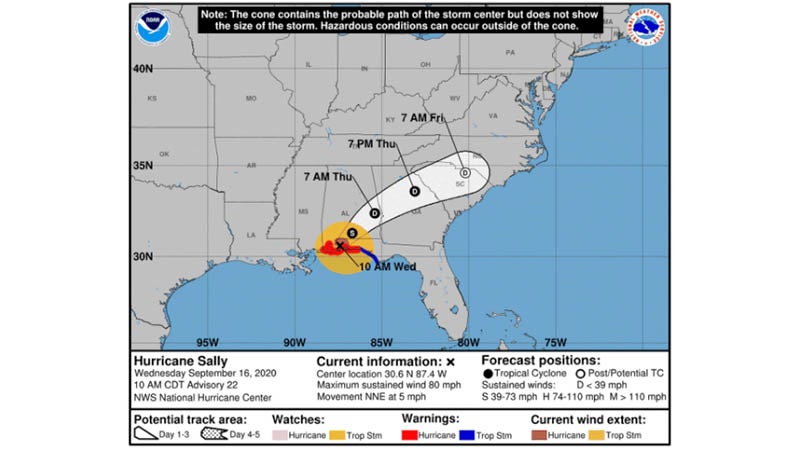Many benefit from state’s stroke system
Published 12:00 am Wednesday, May 7, 2014
More than 1,200 patients benefited from the Southeast Regional Pilot Acute Stroke System (SRPASS) in the first six months of its existence, the Alabama Department of Public Health announced Tuesday in a press conference.
(SRPASS) serves patients in 18 southeast Alabama counties, and relies heavily on the resources and participation of hospitals – including Andalusia Regional Hospital and Mizell Memorial, emergency medical service personnel, and coordination by the Alabama Trauma Communications Center.
From the time of the first call, a patient’s information is entered into the system and the receiving hospital is provided initial patient information from the field. The network uses an organized plan to route patients with signs of stroke to the closest hospital ready and available to care for them. The around-the-clock system is constantly monitored to correct, improve and validate the quality of care provided.
ARH had protocols for stroke patients in place, and was already administering tPA (clot busting drug for stroke) for eligible patients, before the network officially launched, Amy Herrington, director of emergency services, said.
“Since the network’s activation, ARH has received 100 patients that were entered in the Stroke system,” she said. “ It has afforded many patients the opportunity to get to a stroke-ready hospital first, which shortens the time to get the drug in eligible patients.”
There is a high incidence of stroke in Southeast Alabama, according to the Alabama Department of Public Health. Stroke is the leading cause of serious long-term disability and the fourth leading cause of death in the United States. It is vital that patients who are having a stroke be quickly evaluated at a hospital, just like patients who are having a heart attack, to help ensure better patient outcomes regardless of their proximity to an urban stroke center.
The “clotbuster” drug tPA (thrombolytic agent tissue plasminogen activator) can sometimes be used to treat and completely reverse the effects of the most common type of stroke, ischemic stroke. But because treatment with tPA is urgent, patients with signs of stroke must be transported quickly to a hospital capable of performing a rapid exam to determine the type of stroke they are experiencing and then treated with tPA when appropriate.
Herrington is certain being a stroke-ready hospital and part of the system has saved lives.
“Without this, some patients that were candidates for drug therapy would not have received it due to the time involved from going to a hospital that is not equipped to administer tPA,” Herrington said.
“We have received overwhelming support from prehospital and hospital providers in a team effort,” Dr. Sarah Nafziger, Assistant State EMS Medical Director, said. “Emergency physicians and neurologists are pleased with the SRPASS system and most importantly the patients are having fantastic outcomes.”
“There is nothing more tragic than seeing stroke patients who would have been eligible to receive tPA, but didn’t receive treatment simply because they did not get to a hospital with the resources to treat them in time,” Dr. Nafziger said. “This pilot system allows each stroke victim an opportunity for the best possible outcome.”




